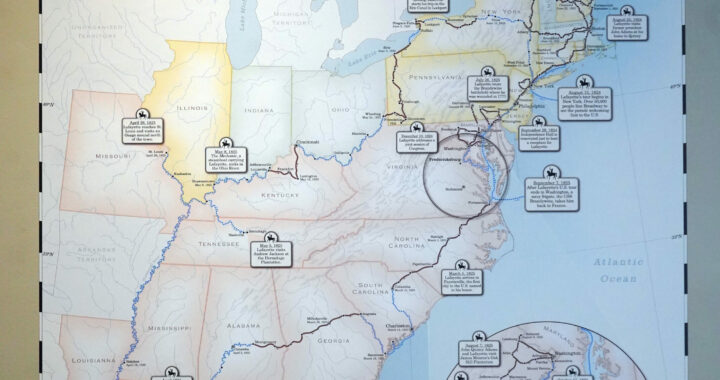Students Get Raw
3 min readBy RACHEL NASH
I was always one of those kids who sat at the dinner table, shaking my head defiantly as my parents tried to force me to eat the large pile of peas and carrots on my plate.
I guess that’s why they were so surprised when I told them I was becoming a raw vegan. As a raw vegan, my new diet would consist primarily of fresh fruits and vegetables and the occasional handful of nuts.
A vegan is a vegetarian who eats plant products only, while a raw vegan consumes only uncooked foods.
On a typical day, I now eat as much fruit as I can get my hands on. Costco has become my second home, as it’s a huge supplier of all my favorite fruits.
I still have trouble choking down most vegetables, but I’ve started juicing my salads. It sounds bizarre, I know, but with enough bell peppers in it, it can actually be good.
I know my diet is unique, which is why I was pleasantly surprised to find out other University of Mary Washington students are raw vegans.
The president of the Animal Rights Club on campus, Morgan Leigh Hembree, is also a vegan. Unlike me, she loves her vegetables.
“I want to start eating more raw foods once I have an apartment and am able to prepare more raw dishes,” said Hembree, a junior.
After picking up a DVD at the 2006 Warped Tour concert, Hembree saw featured band members talking about why they were vegetarians or vegans. She was then inspired to become a vegan herself.
“I didn’t realize what was actually going on in the factories until I saw it on that DVD,” said Hembree about the poor treatment of slaughtered animals.
Hembree also credits her internship with People for the Ethical Treatment of Animals, or PETA, for inspiring her to become a vegan.
“For the month I was there, everything had to be vegan in the house and the office,” Hembree said about the internship housing. “It was so easy that I just stuck with it afterwards.”
While I have found it hard to find many food items on campus or in Fredericksburg that adhere to the strict rules of raw veganism, Hembree has discovered a few good options.
“The Nest isn’t that bad. I usually get a wrap with hummus,” Hembree said. “Seaco is limiting, though. You can only really get a salad and pasta.”
While Seaco may not have a huge amount of options, the UMW Dining website claims that they’ll accomodate any “special dietary needs.” Seaco has had vegan chefs prepare meals at UMW on several occasions.
Outside of campus, Hembree has found several places that work for her diet downtown.
“Sammy T’s has a lot of good vegan options, and Taco Bell is vegan if you just get beans and vegetables,” Hembree said. “Ruby Tuesdays has a veggie burger that’s vegan without cheese and mayo.”
Hembree plans on waiting before switching from being a vegan to a raw vegan.
“I don’t see a point in going 100 per cent raw now. Once I get an apartment this summer though, I’ll just try and eat as much raw stuff as possible,” Hembree said. “Maybe I’ll do one cooked meal a day.”
For those considering the vegan lifestyle, Google contains a plethora of helpful websites concerning raw food diets and the benefits that come with it.
On many of these sites, people boast about losing over a hundred pounds of weight in just six months. Some even claim that their raw food diet cured their cancer.
While a raw diet definitely has benefits, there are drawbacks. One of the biggest arguments against the diet is not getting enough protein, as meat has been cut out of your food intake.
Experts dispel this myth, however, by explaining that while the USDA recommends that people get 6.5 per cent of their calories from protein each day, vegetables consumed by raw dieters contain 20-50 per cent of their calories from protein.
I understand that the kitchen situation in dorms is limiting, but it is possible to be a raw vegan in college.
If someone who used to hate vegetables as much as I did can do it, then anyone can.











